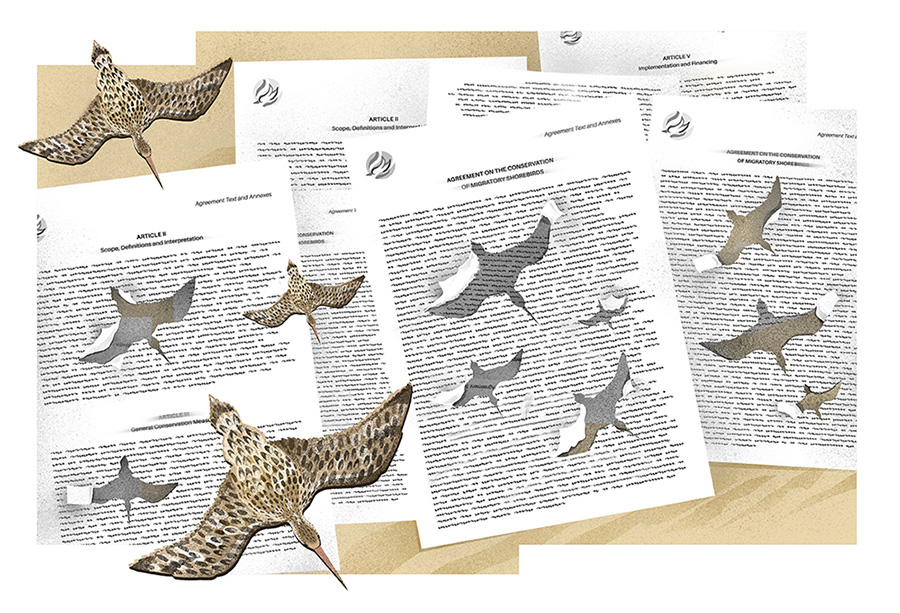It seems today that cactus and succulent plants are everywhere. Yet, despite their global popularity, many succulents face pressing conservation concerns. A 2015 study published in Nature Plants assessed that 31 percent of all cactus species are threatened with extinction based on IUCN Red List categories, and 47 percent of all cacti are harvested for horticultural and ornamental collection, much of which is for the international illegal trade. Many conservationists reckon that obsessive collectors are driving this trade. But why would people who are seemingly most passionate about these plants, engage in activities that harm them? And, how prevalent is such illegal behaviour among cactus and succulent collectors?
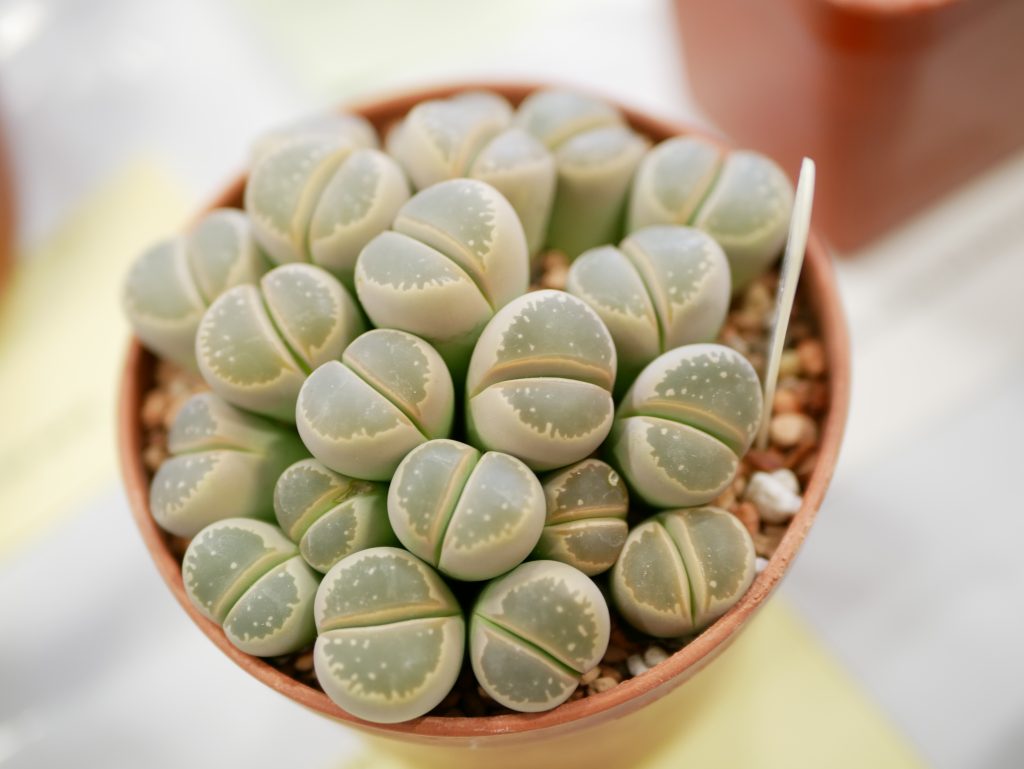
This research emerged through interdisciplinary conversations on how to analyse and assess the role of cactus and succulent collectors in potentially facilitating as well as hindering conservation efforts. Our research survey asked members of cactus and succulent societies about their familiarity and perspectives on current CITES trade regulations (i.e. the Convention on International Trade in Endangered Species of Wild Fauna and Flora). Barring a few exceptions, the entire cactus family is listed in CITES Appendix II. This means that nearly all cactus plants require export paperwork for legal international trade, while trade in some species is almost entirely banned (Appendix I). The survey also asked direct and indirect questions about illegal behaviour, including directly transporting, purchasing, or shipping CITES-listed plants or seeds without appropriate export and/or import permits.
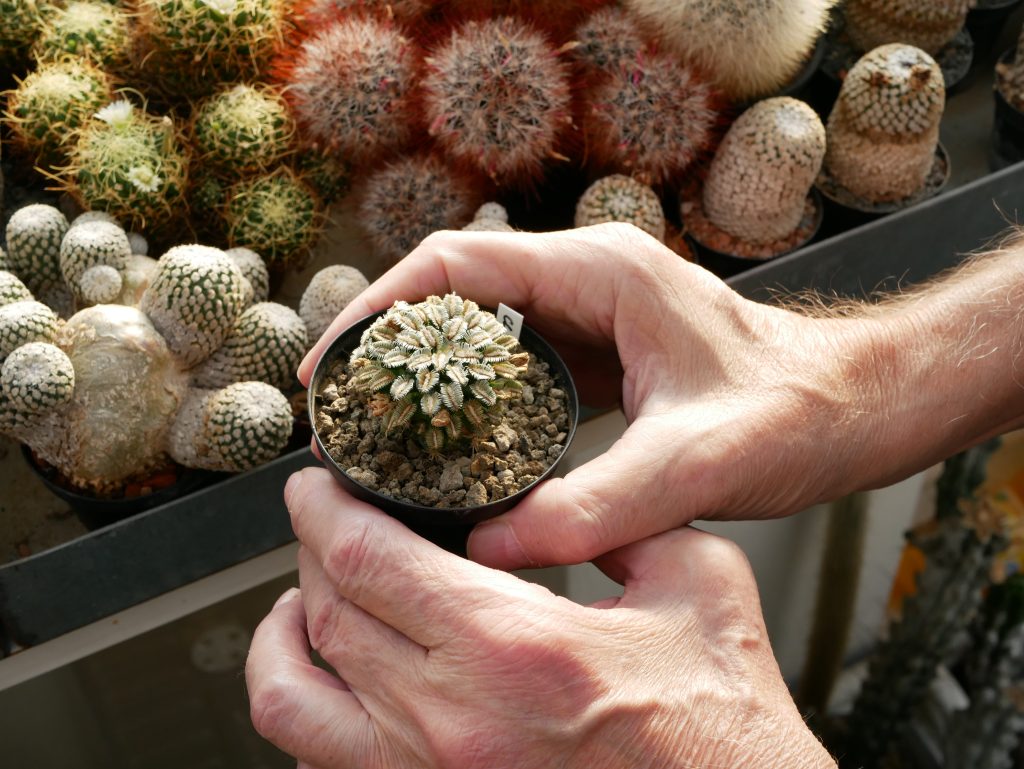
Our results suggest that around 12 percent of the 441 surveyed participants engaged in some form of illegal trade in cactus and other succulent species. While a minority of survey participants engaged in forms of illegal wildlife trade, it is important to note that those engaging in active rule-breaking tended to do so knowingly, and some justified their behaviour as beneficial for plant conservation. Of course, this will strike many as strange. How could someone argue for participating in illegal wildlife trade as a benefit to species conservation? Further, why does such behaviour persist when 75 percent of respondents—including 62 percent of those who directly acknowledged engaging in illicit behaviour—said illegal collection of cacti and succulents represents a “very serious problem” and two-thirds of respondents stated that wild succulent plant collection was on a rise?
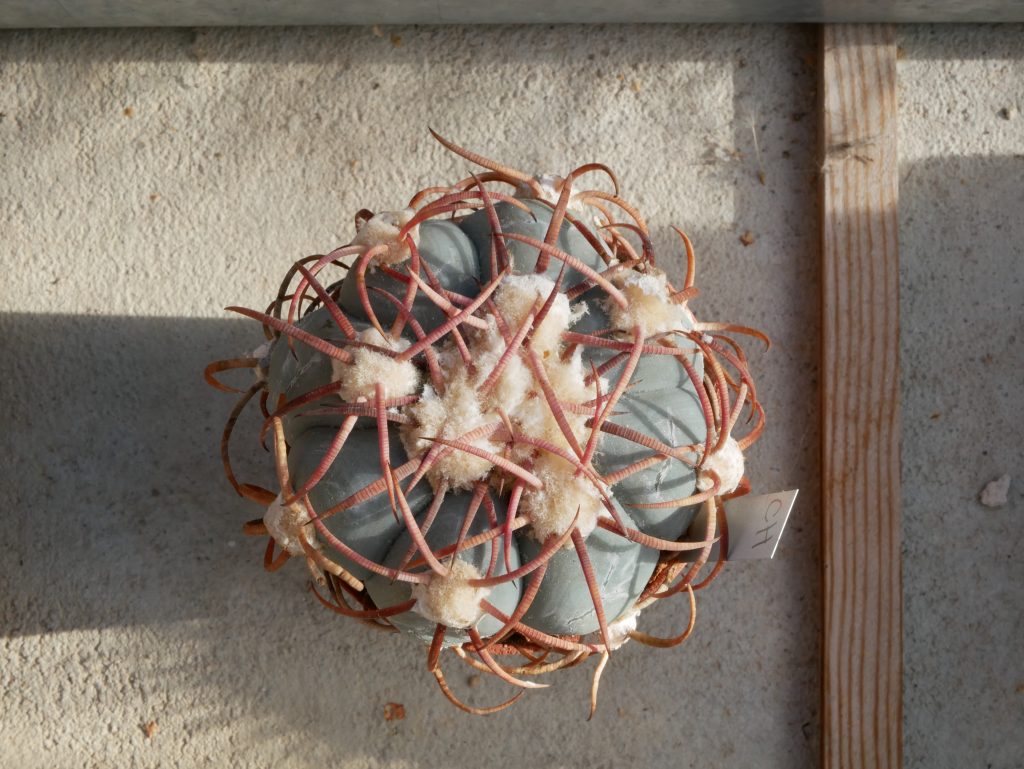
Our results suggest that many within the cactus and succulent collecting hobby believe that the CITES trade restrictions make it harder for collectors to legally gain access to seeds and plant material which in turn drives illegal trade. This opinion appears widespread within the collector-hobbyist community. Further, because the likelihood of detection in many forms of illegal trade in cacti and succulents is generally low, and the repercussions for being caught are often minimal, the risks that collectors face by engaging in illegal behaviours are also perceived to be low. Our survey results also indicate that cactus and succulent collectors see themselves as playing an important role in conservation efforts. To this end, we conclude that despite the persistence of illegal behaviours, there are missed opportunities to develop deeper engagement between collector and conservation communities.
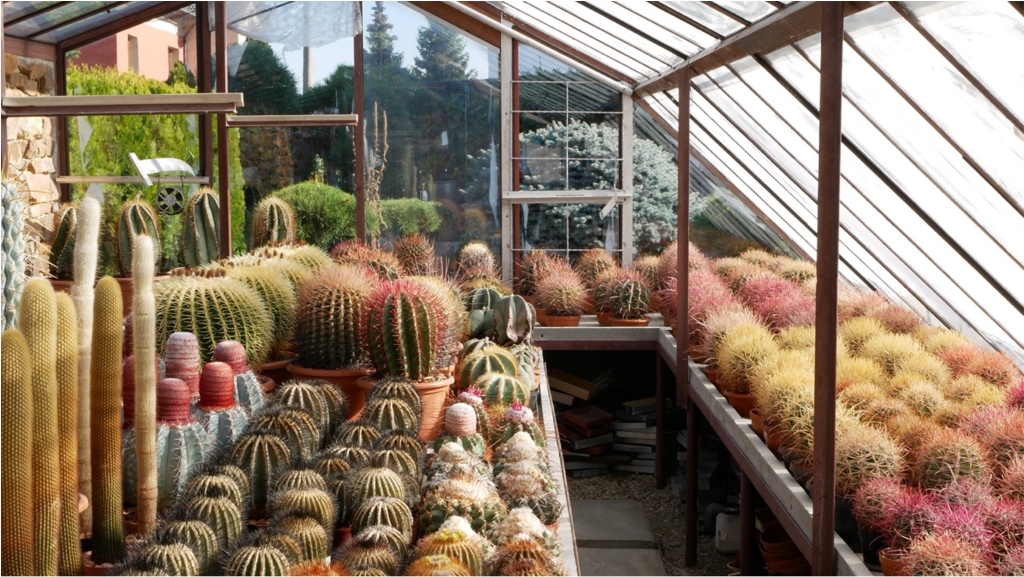
A key takeaway from our study is a need for parties to CITES to engage in more meaningful stakeholder consultation to avoid potentially sidelining would-be conservation allies. Most of our survey respondents show concern about species conservation, and many formal cactus and succulent organisations are actively invested in funding conservation efforts. From a practical perspective, the professional conservation community risks alienating this group of stakeholders by not taking into greater consideration the lasting demand many plant species hold within international collector communities. To put it simply, prohibition of trades may not further long-term species conservation goals.
Ensuring that legally-acquired, and sustainably-sourced cultivated plant material is available within international markets may prove a far more practical—if still controversial—approach to protecting wild cactus and succulent species than trade prohibition. We hope the results of this study can further productive discussions about how to best ensure that these much beloved wild species can thrive in perpetuity.
Further Reading
Margulies, J. D., F. R. Moorman, B. Goettsch, J. C. Axmacher and A. Hinsley. 2023. Prevalence and perspectives of illegal trade in cacti and succulent plants in the collector community. Conservation Biology: e14030. https://doi.org/10.1111/cobi.14030
Goettsch, B., C. Hilton-Taylor, G. Cruz-Piñón, J. P. Duffy, A. Frances, H.M. Hernández, R. Inger et al. 2015. High proportion of cactus species threatened with extinction. Nature plants 1(10): 1–7. https://doi.org/10.1038/nplants.2015.142

